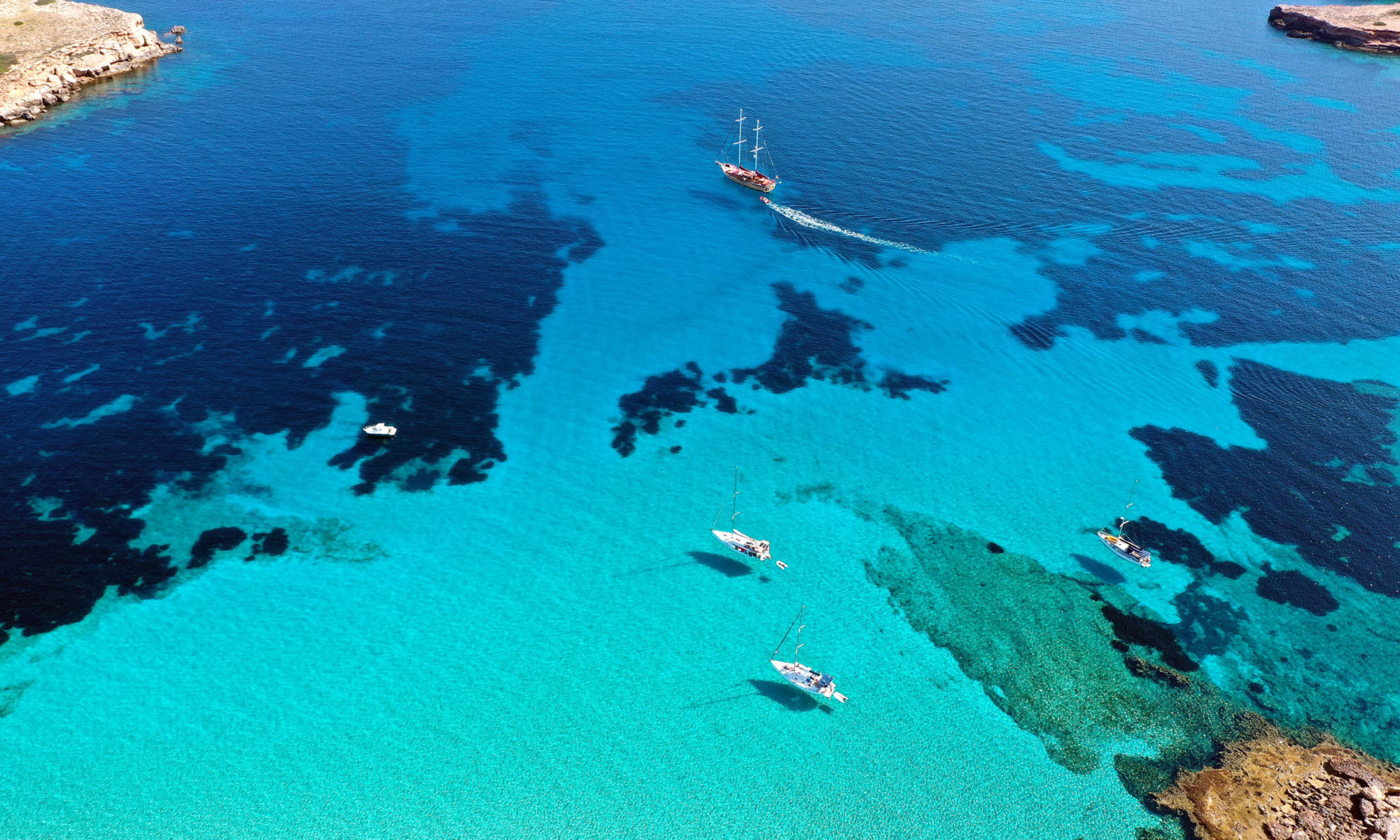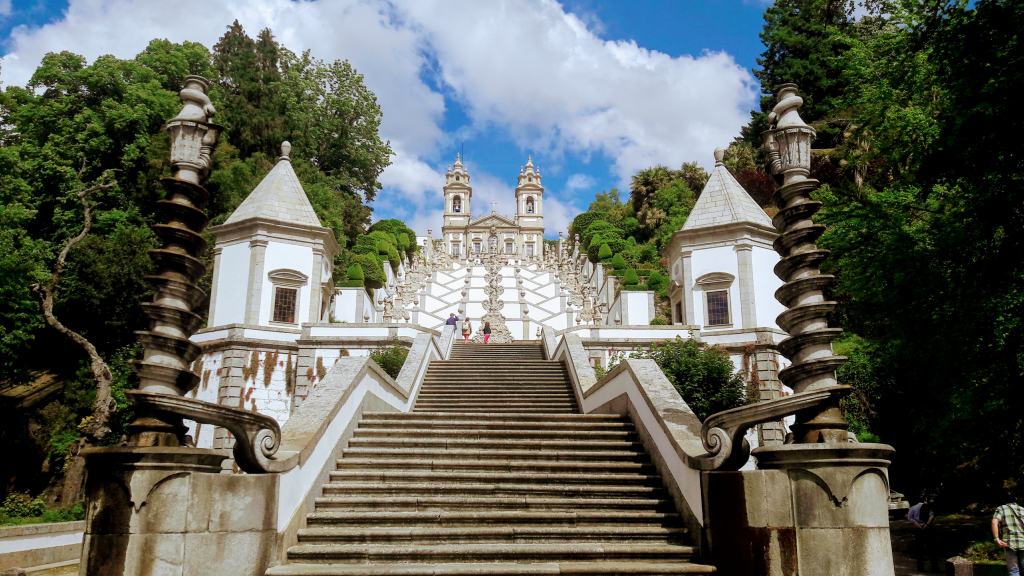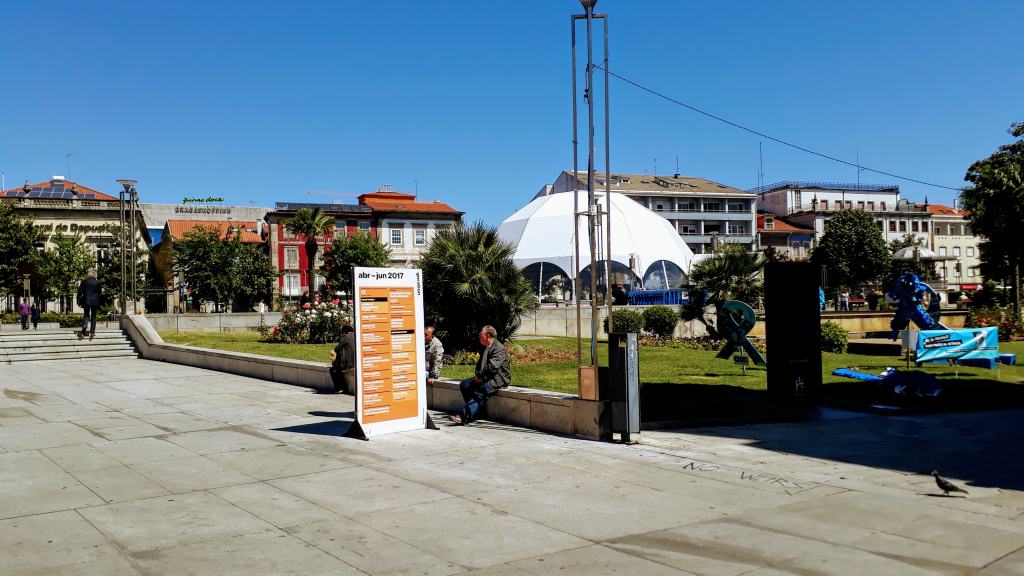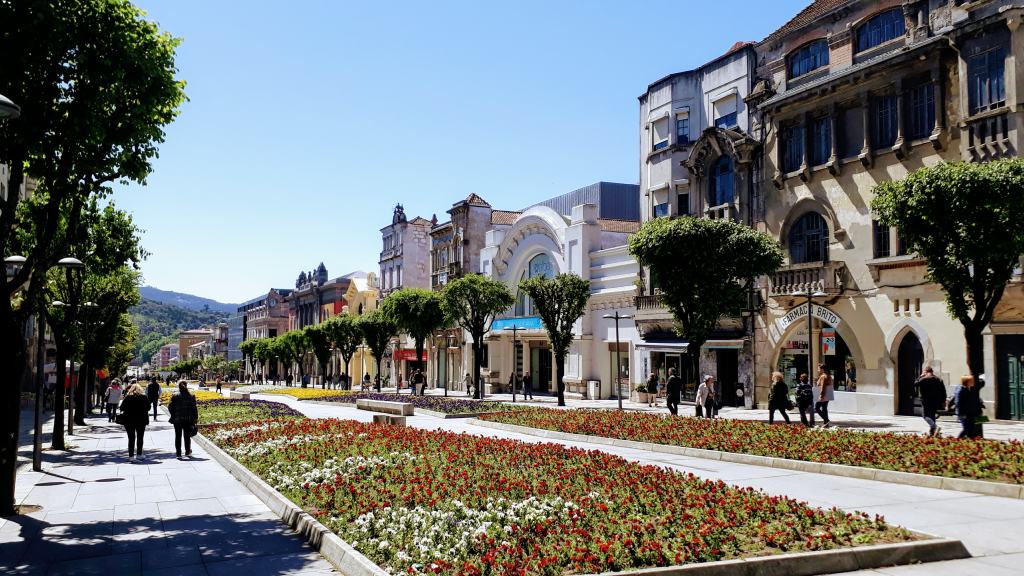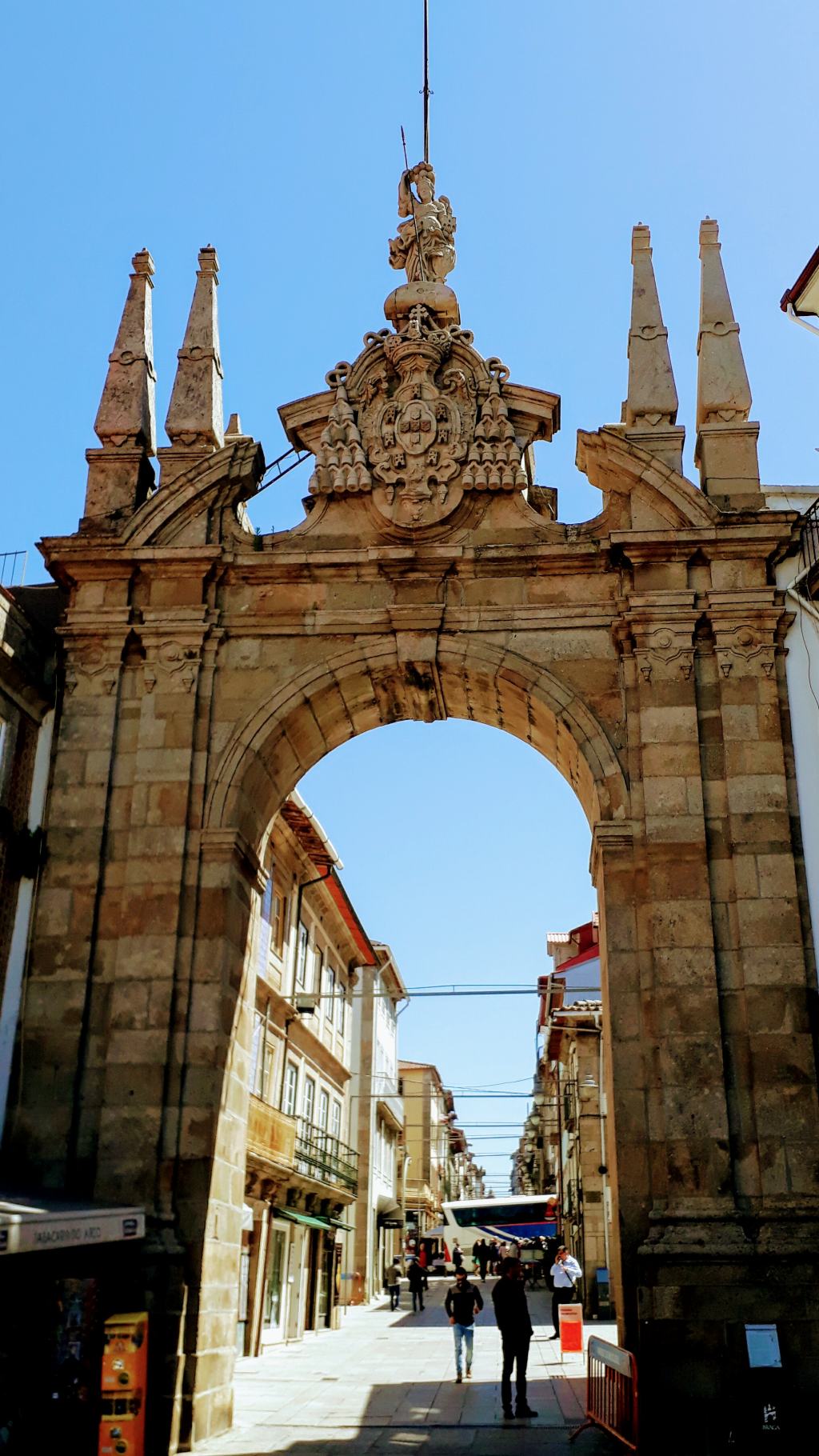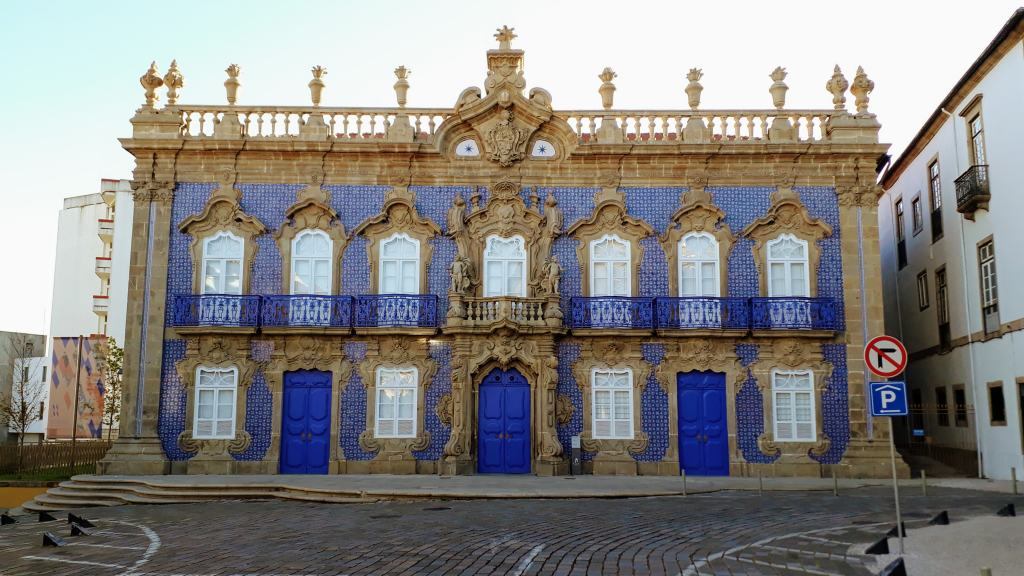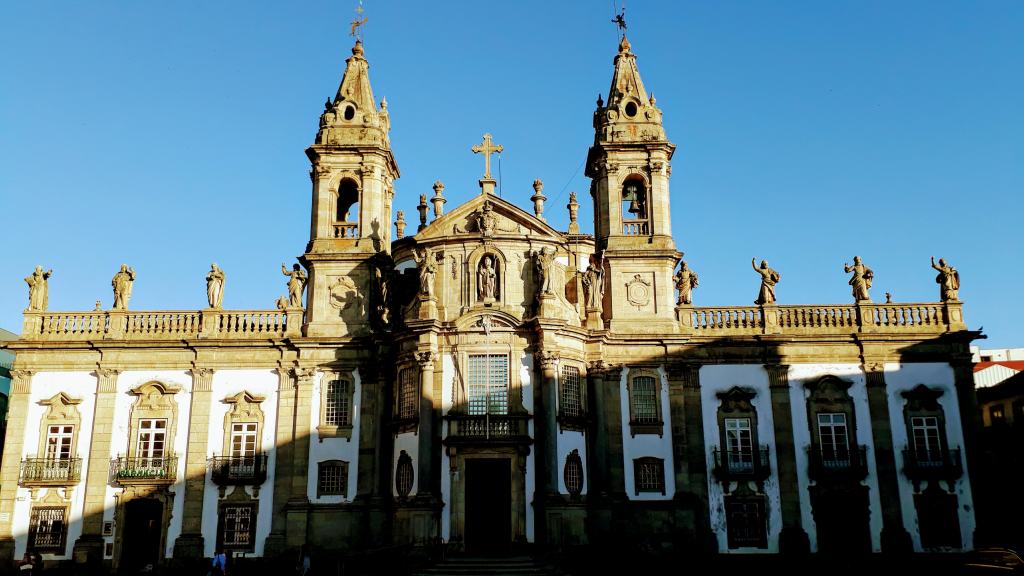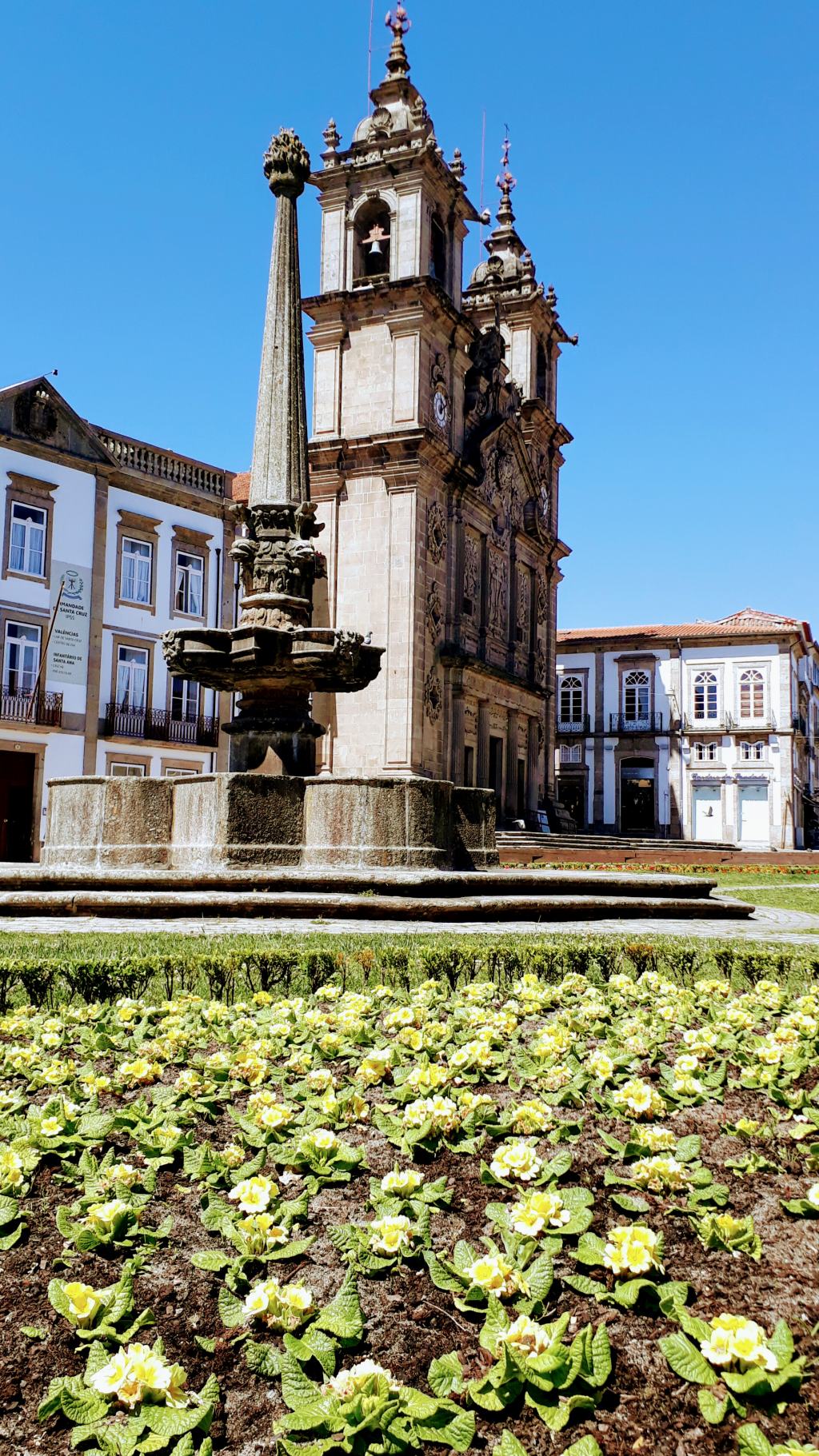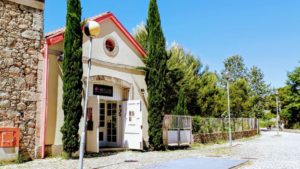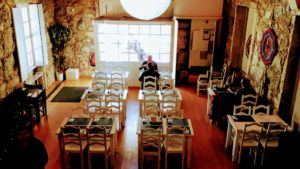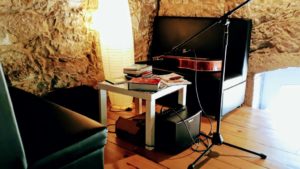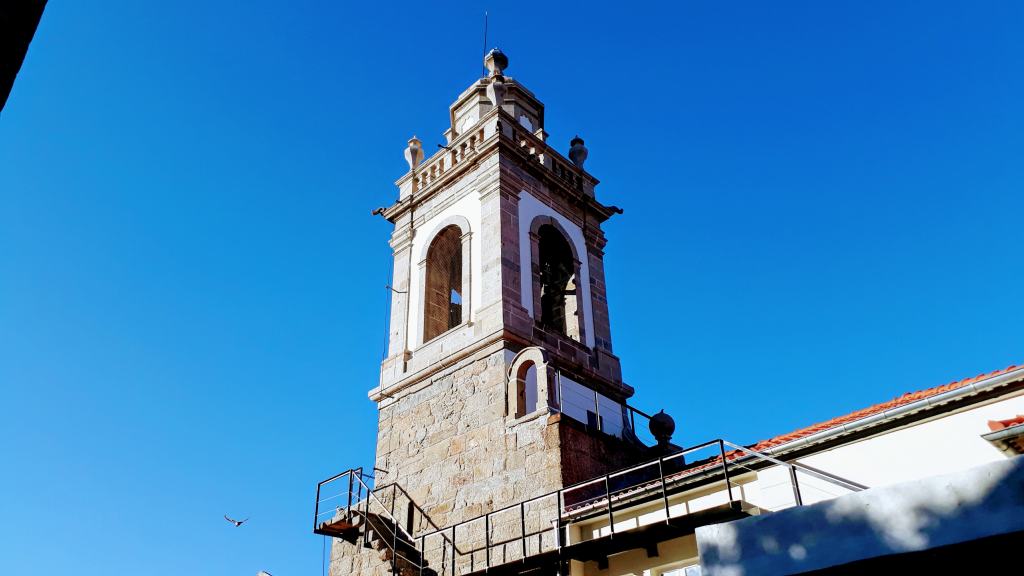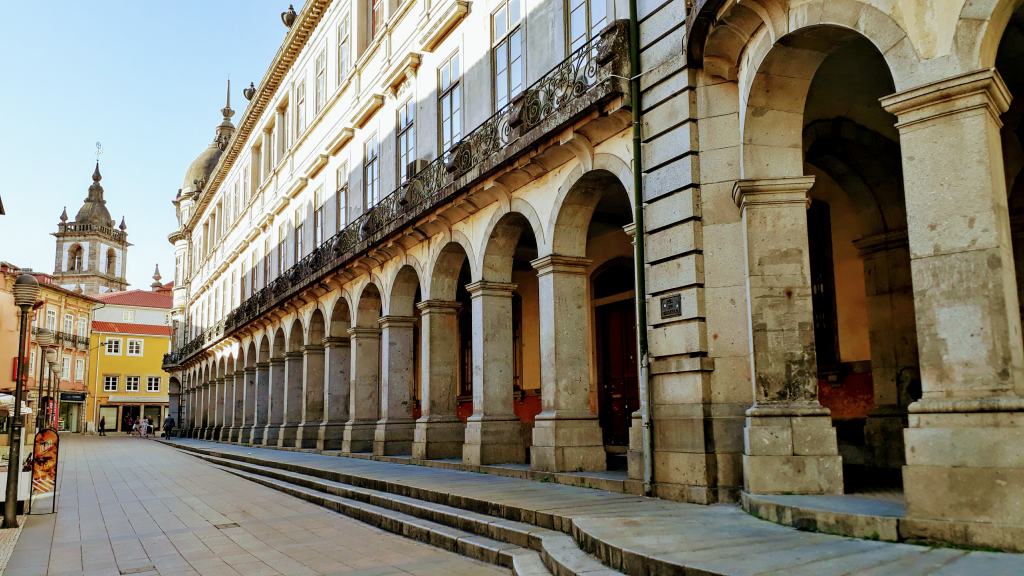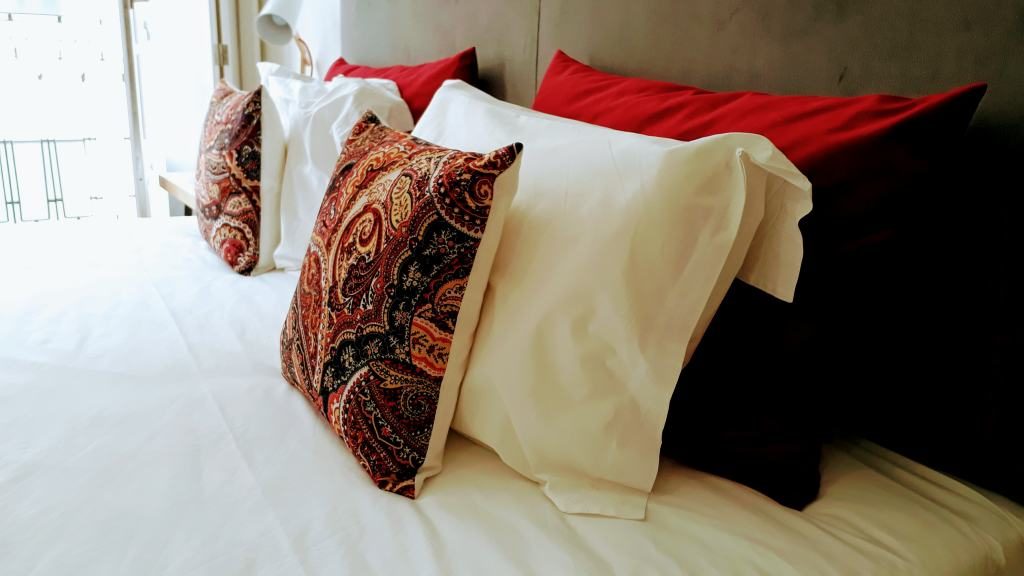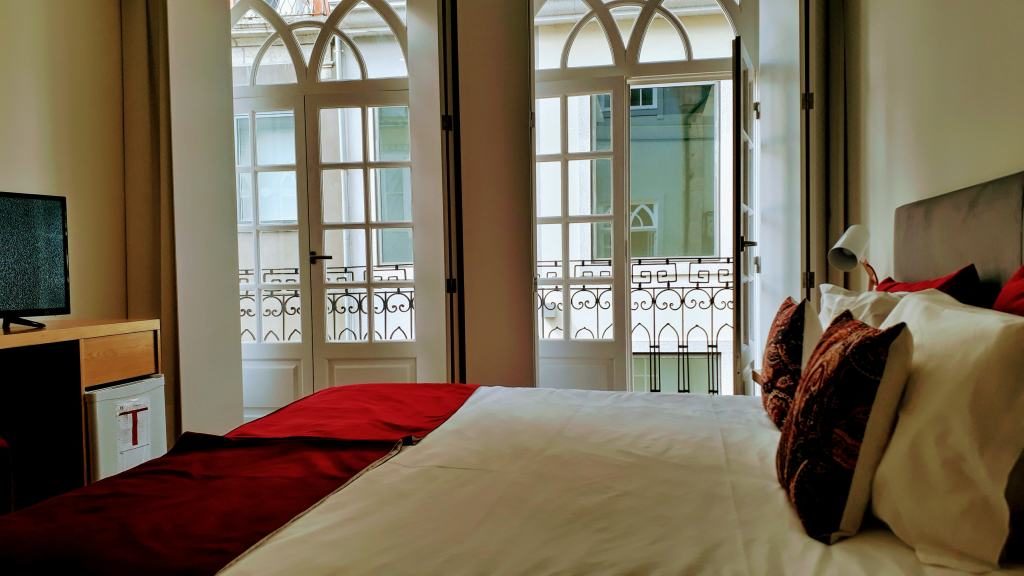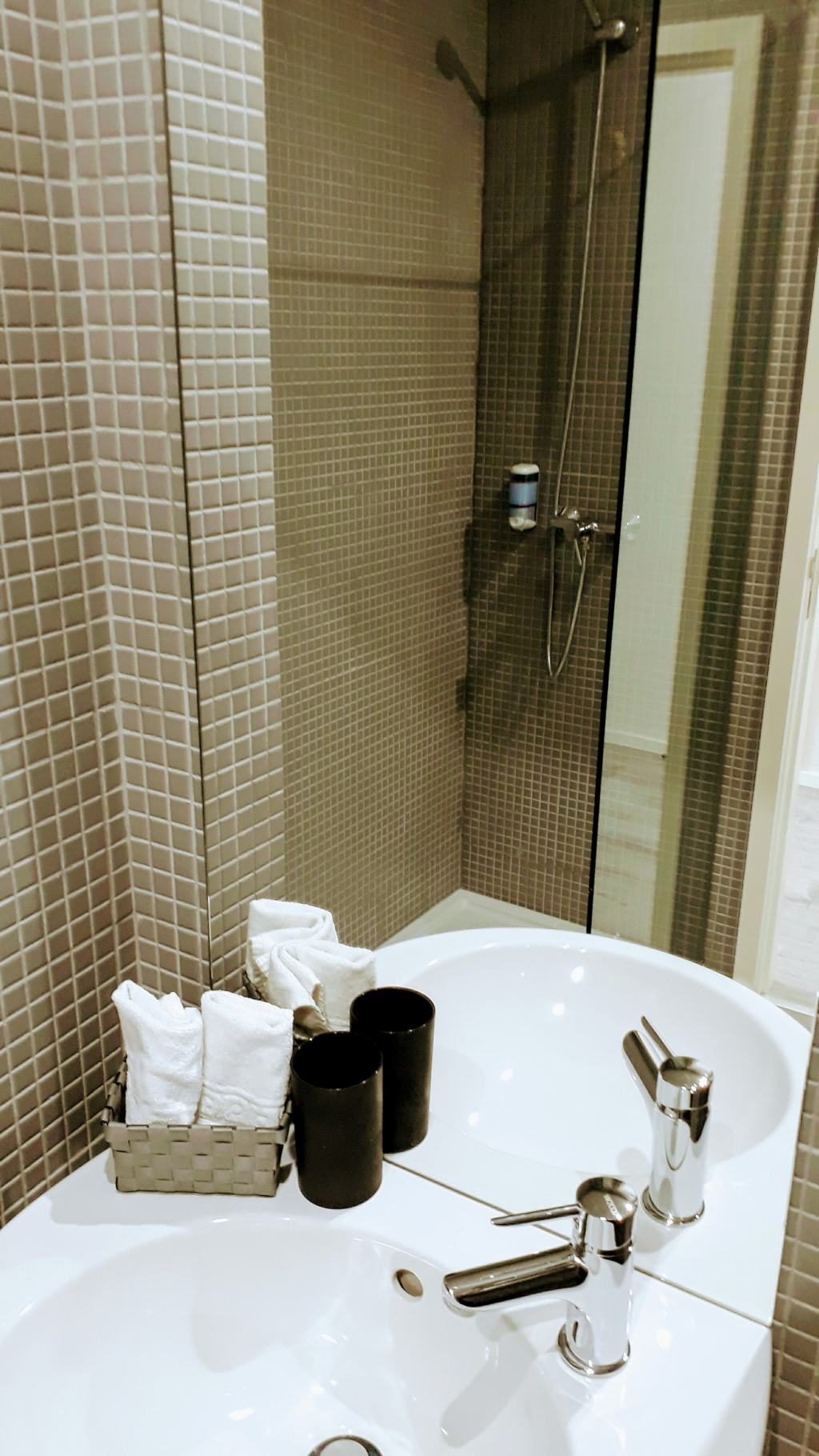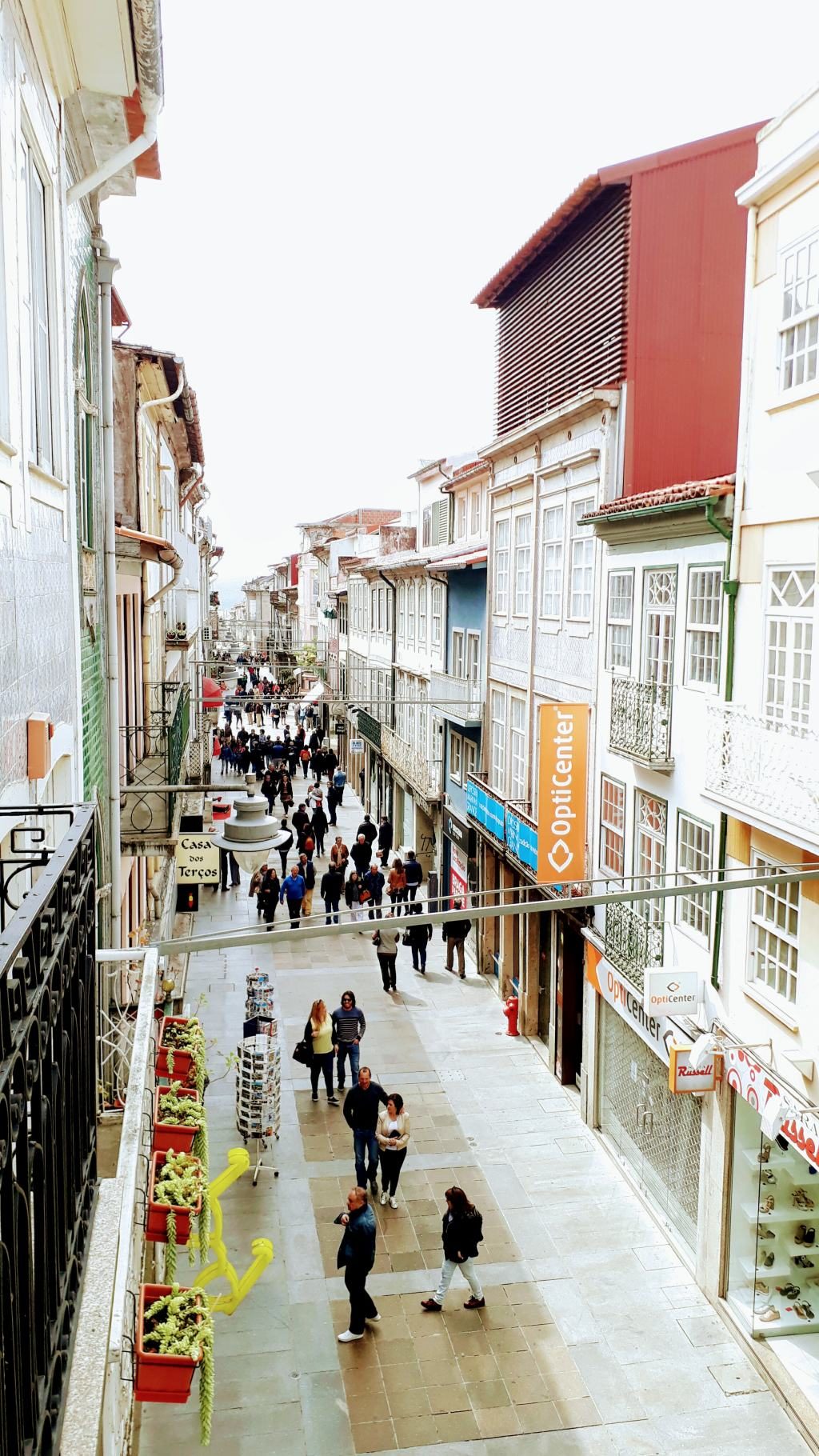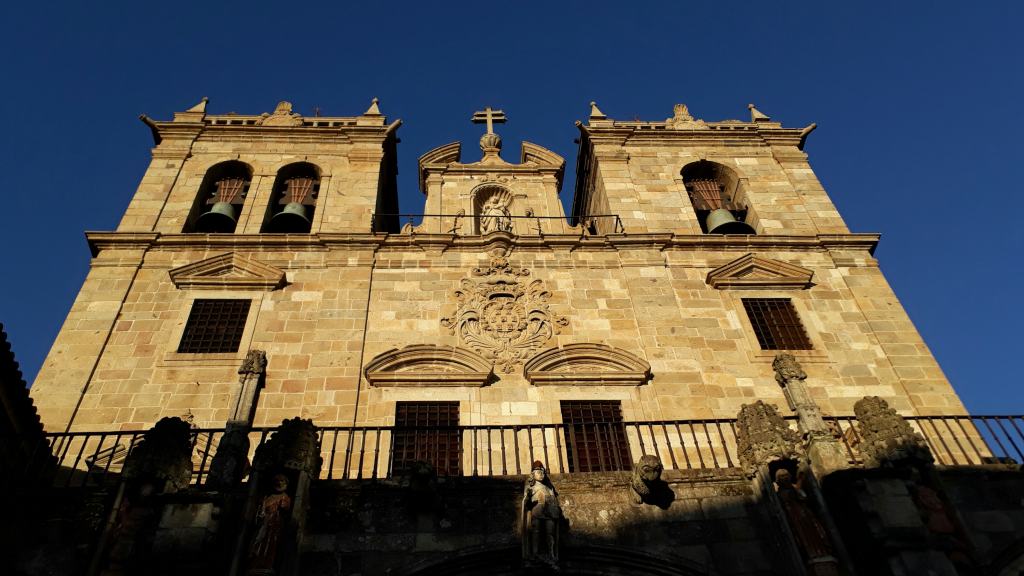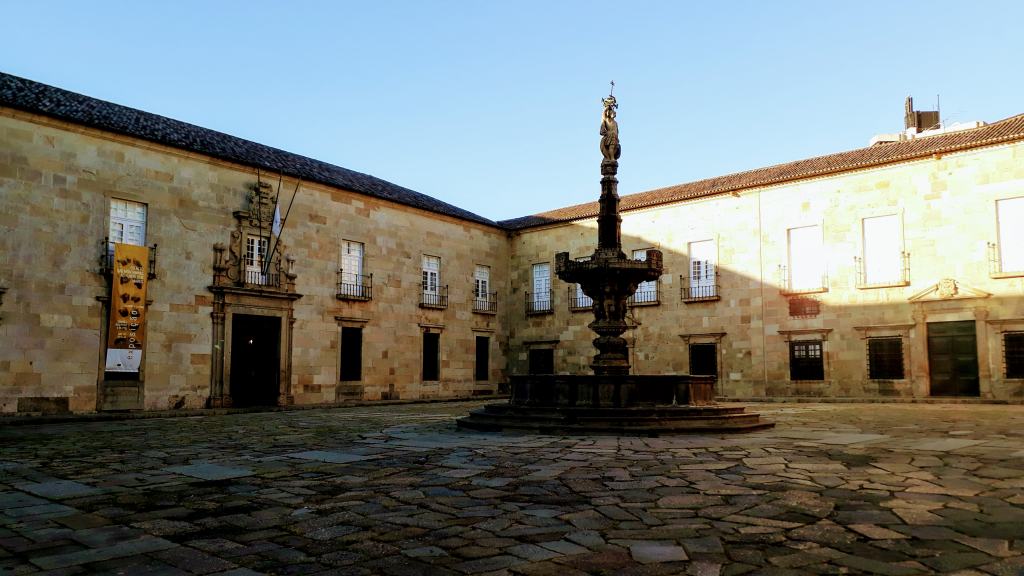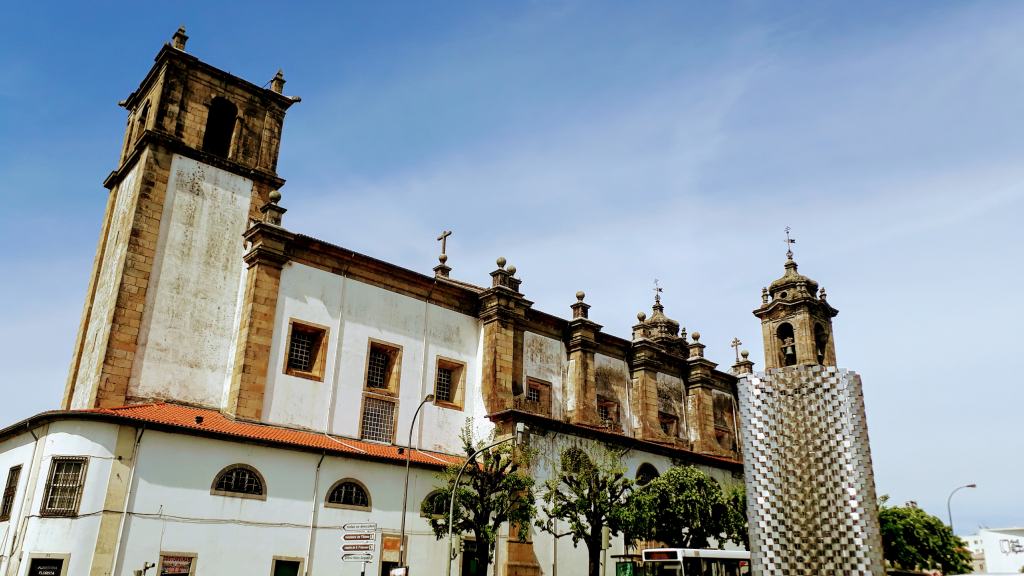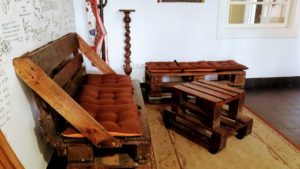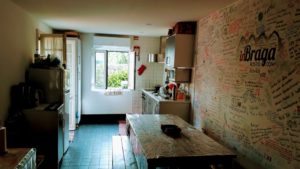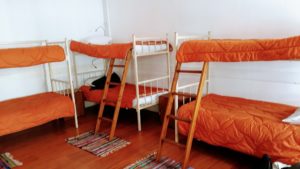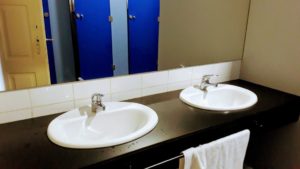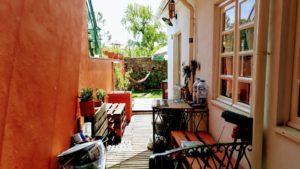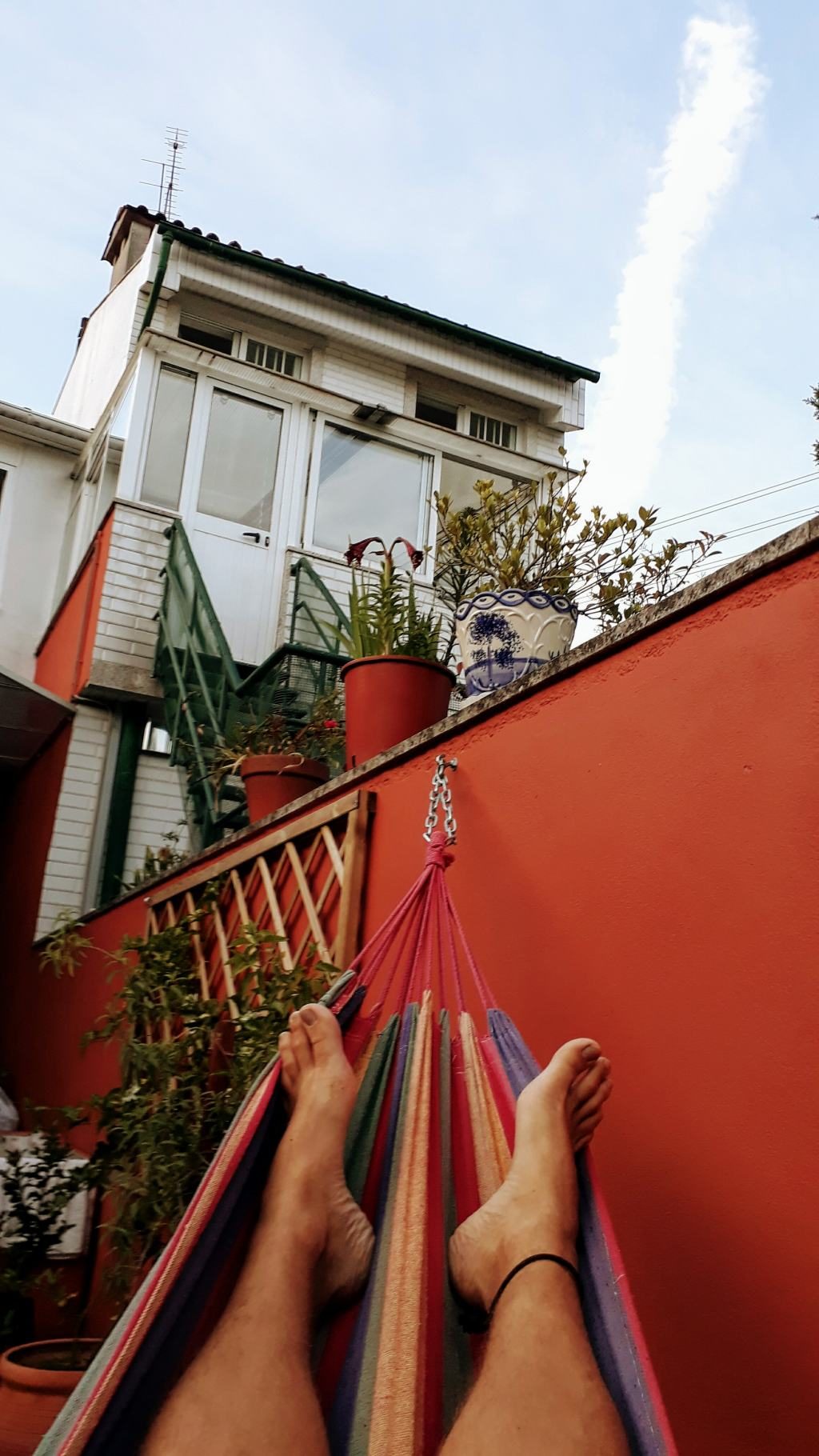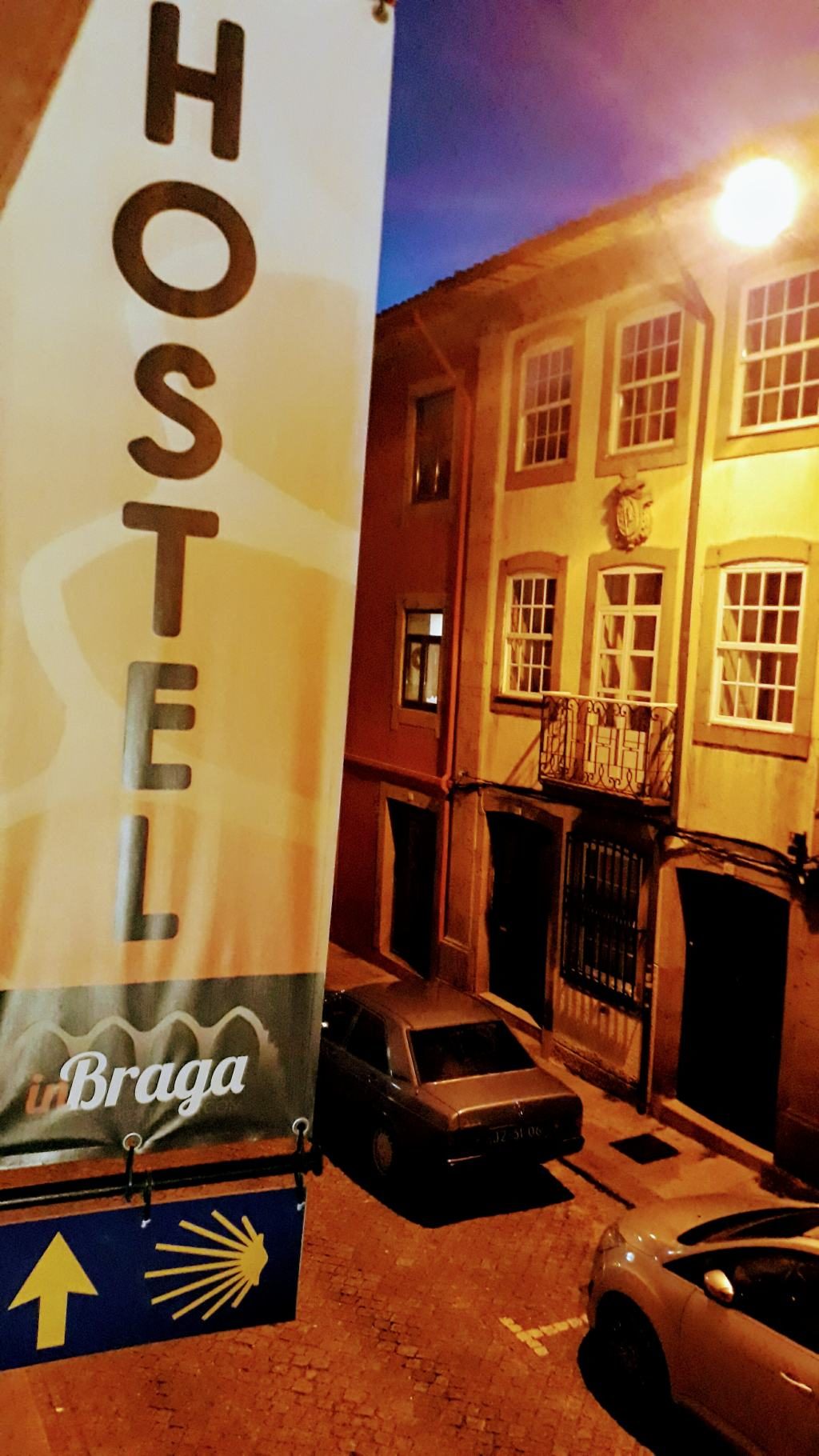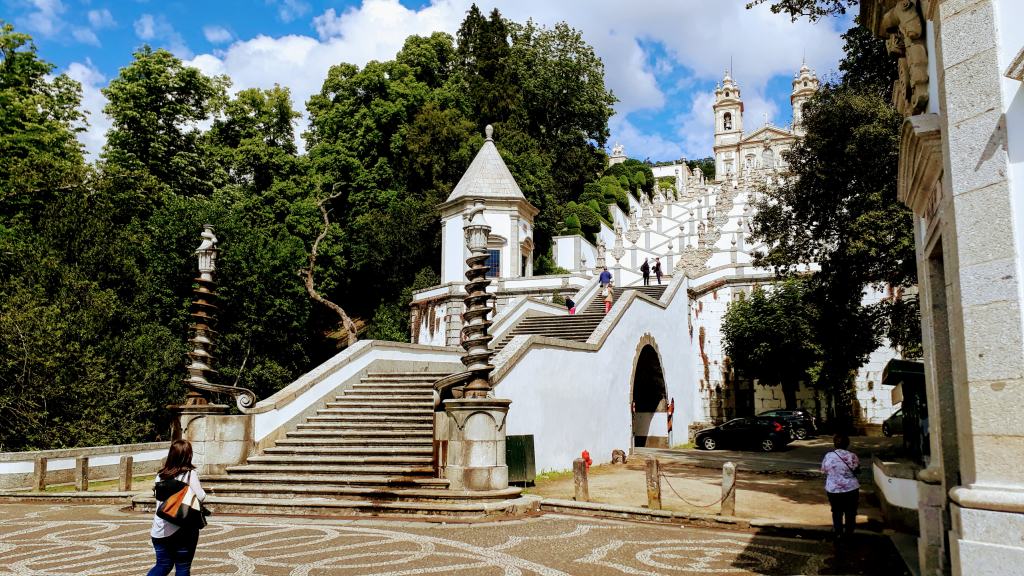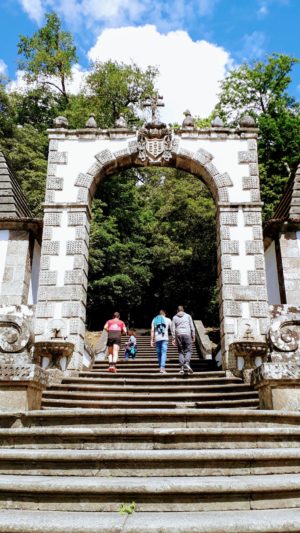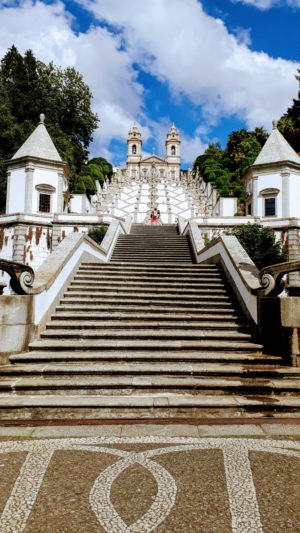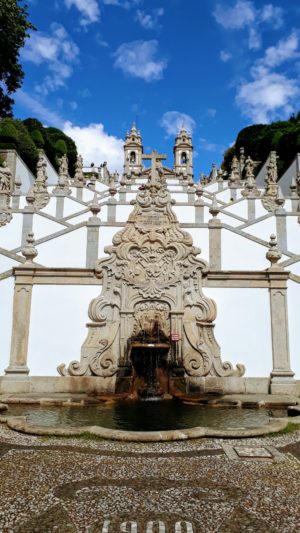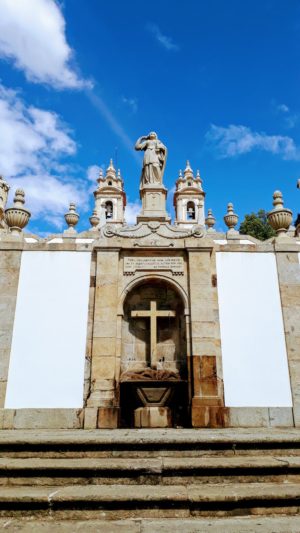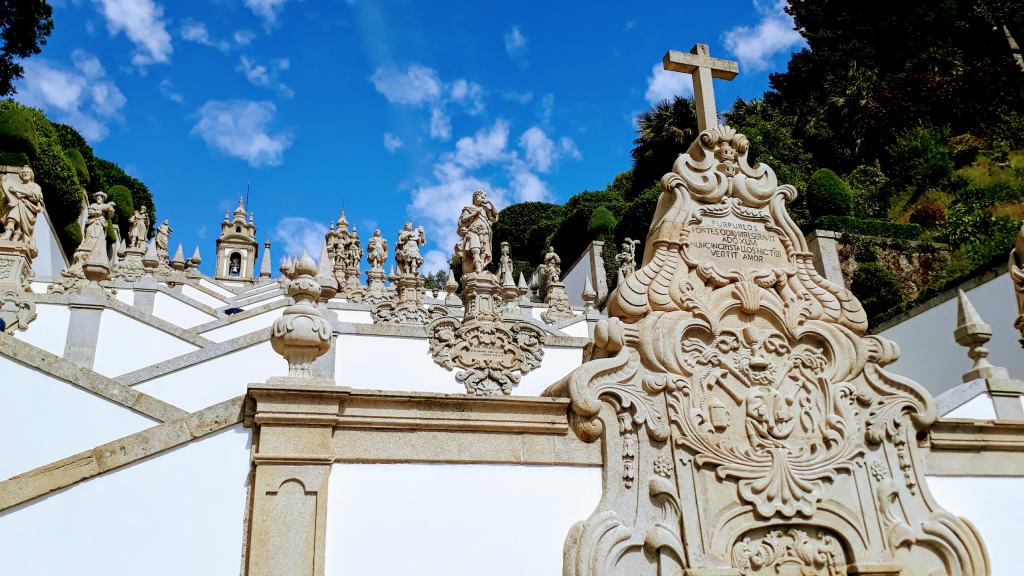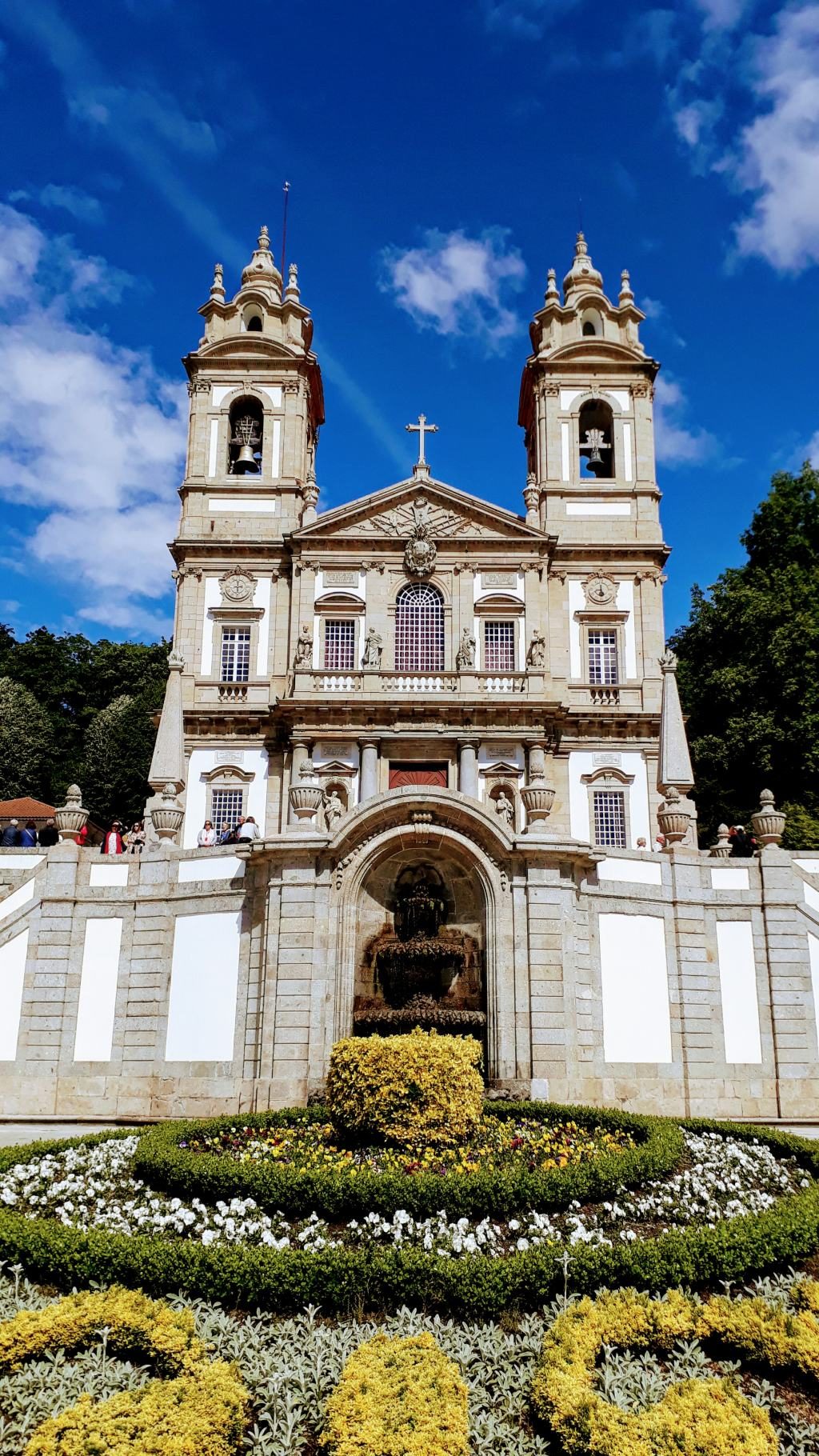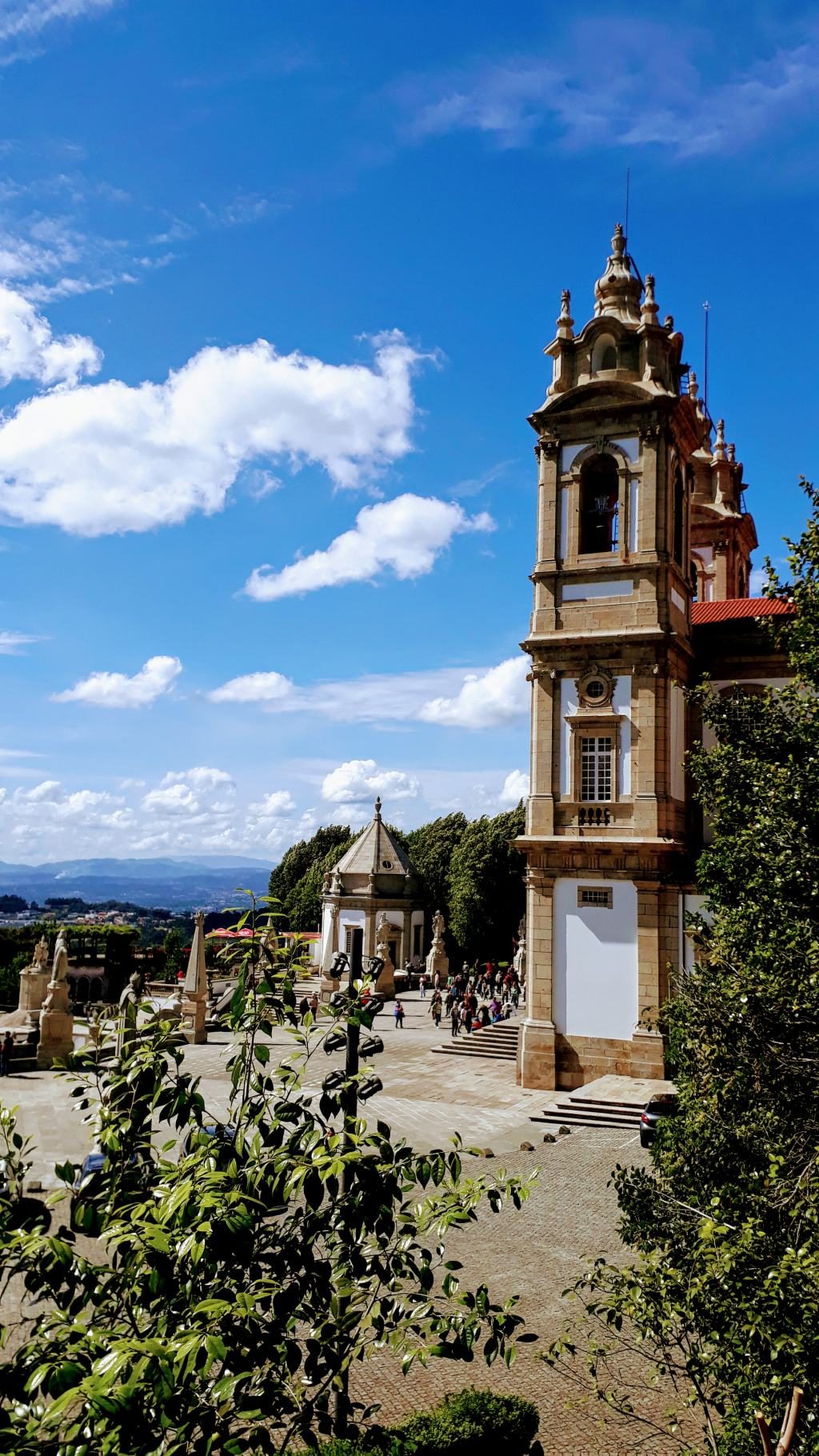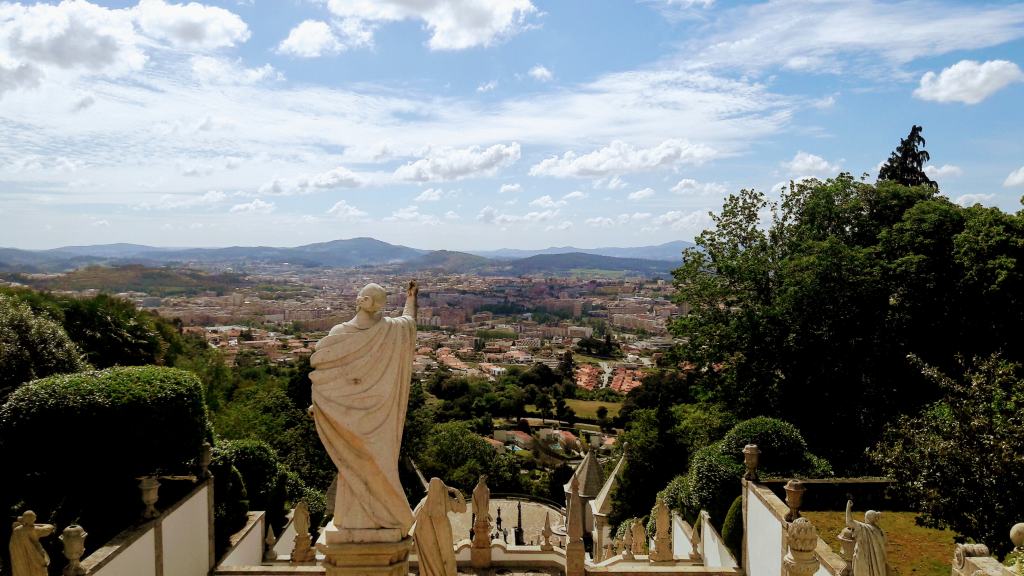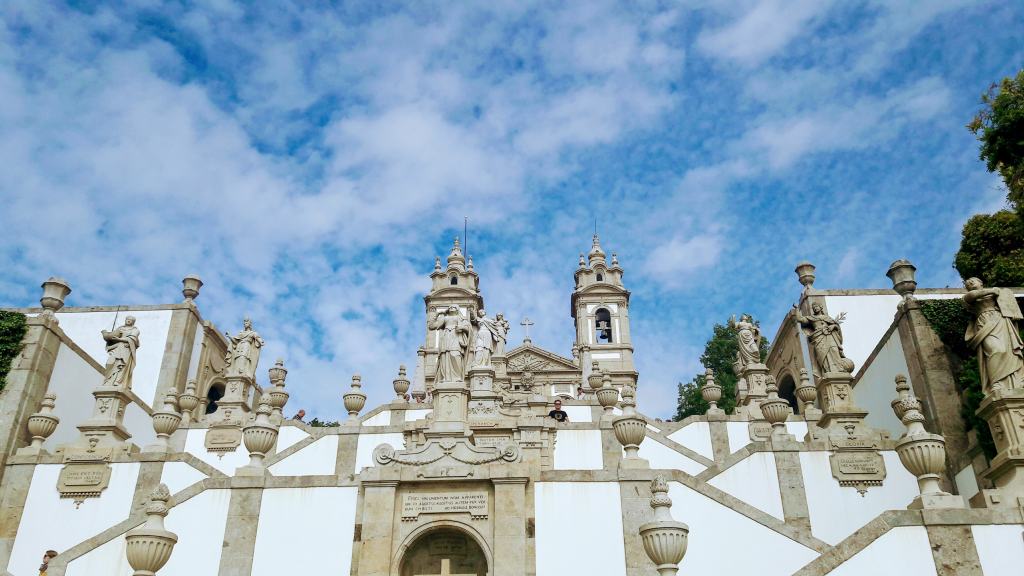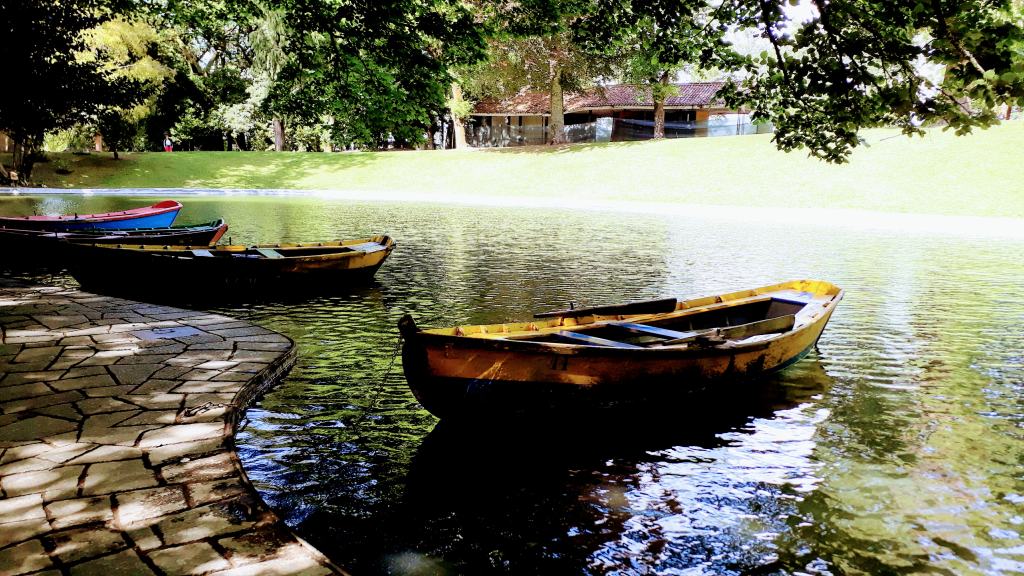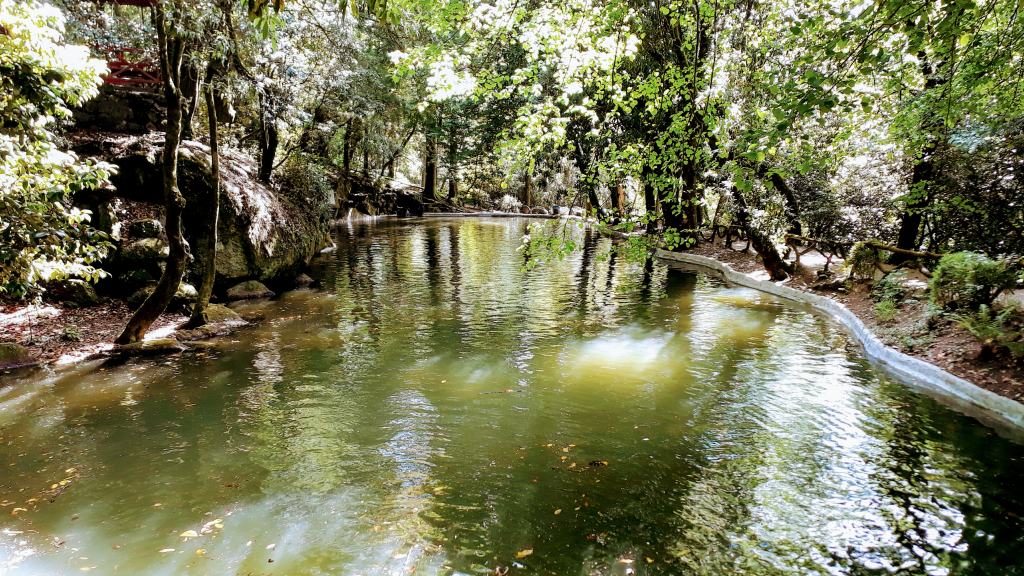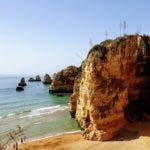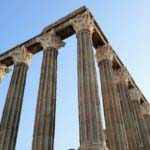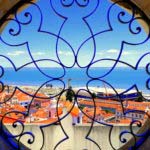After the border town of Valença, Braga is our first major city in Portugal. The European Youth Capital of 2012 is the second largest city of Região Norte after Porto. Particularly worth seeing is, besides the city center, the pilgrimage church Bom Jesus do Monte with its famous staircase Via Sacra.

The first days we spent (for known reasons) once again at Ikea in the shopping center Nova Arcada. From there, there is even a free shuttle to the university and the city center (and back – in this direction it is probably intended :D). The old town of Braga is pleasantly compact and everything is within walking distance.
The shuttle dropped us at Jardim da Avenida Central. There is also the first place of interest: Basílica dos Congregados. The tourist information office is located only a few steps away. Immediately in front is a digital photo and info point situated. It provides information on current news and the weather forecast.
Above all, you can do self-timer pictures and also short videos, which can be sent by mail or shared in the social networks. With the Avenida da Liberdade, embellished with flowers, in the background, there is nothing to stop the digital postcard! We do not know how many of these apparatuses exist all over the town. At least one other is located at Arco da Porta Nova, the “new gate”, opened in 1512.
Crossing the magnificent Avenida da Liberdade and the museum with the Roman fountain Fonte do Ídolo, we came to Palácio do Raio. Built from 1752 to 1755, the blue house is a fine example of profane Baroque architecture. Right next to it is the Igreja do Hospital de São Marcos, dating from the 18th century. In there is also a pharmacy. On the same square, the Igreja de Santa Cruz is seen.
As we got hungry, we went to the vegetarian buffet restaurant Hibiscus. It is located centrally but also somewhat hidden, so it is signposted from the Igreja Dos Terceiros. For a small price you can fill a large plate with cold and warm dishes from the buffet; a soup and unlimited tea is also included. The majority of the Indian-inspired food is vegan. As the two-story restaurant with garden fills quickly, it makes sense to come around as soon as possible. Everything tasted very good and we felt very comfortable among the many locals. Definitely an insider tip!
Address: Largo de São Francisco 32, Braga
The next two nights we spent at Páteo de Janes. The accommodation is located in the heart of the old town between Castelo de Braga and Sé de Braga Cathedral. In addition to the good location, the facilities speak for themselves: the double room provides a balcony, flat screen TV, refrigerator, a modern bathroom and also access to a fully equipped shared kitchen with washing machine and dishwasher. WiFi is included, of course, and yay – even pets are welcome! 🙂
Address: Rua do Janes, Braga
Check-in: 11:00 to 21:30 | Check-out: 11:30 to 12:00
Very close to the Cathedral, the Largo do Paço, the Arco da Porta Nova and the Igreja do Pópulo is also the inBraga Hostel (Booking.com with 10% discount), where we spent another two nights. There is one women’s dormitory, two mixed dorms and two twin rooms. The price includes WiFi and breakfast (vegan are the cornflakes, bread, jam, coffee and cocoa powder; plant milk and margarine you should possibly bring yourselves or request in advance). Here, too, you can use a shared kitchen. The highlight of the hostel, however, is the small garden with a hammock – perfect for chilling out. 😉
Address: Rua da Boavista 21, Braga
Check-in: 14:00 to 20:00 | Check-out: until 11:00
The actual main attraction of Braga, the Sanctuary of Bom Jesus do Monte, is located about 5 kilometers east of Braga. To get there, there are two possibilities: Either you walk up the 581 steps of the well-known stairway Via Sacra (past 14 station chapels). Or you take the Elevador do Bom Jesus, a water-powered funicular railway built in 1882 (one way: 1.20€, return: 2€). It is not only the oldest of the Iberian Peninsula, but also the oldest functioning water-powered funicular railway in the world.
No matter how you got up, you will be rewarded with a great view of the city and the surrounding forests (we took the stairs). The beginnings of the pilgrimage site date back to the 14th century, when someone erected a wooden cross at the spot where the church is today. As early as 1373, a small chapel is mentioned in this place, which is replaced by a slightly larger chapel in 1494 due to lack of space. The same happens in the years 1522, 1629 and 1722.
The present church was built in 1784 in the neoclassical style of Italian inspiration according to a design by Carlos Amarante. Behind it is the Lago do Bom Jesus, a lake where you can rent rowboats. We would recommend to anyone traveling through Portugal to take a look at this postcard motif and – if possible – taking the stairs in at least one direction or leastwise looking at them from below.
Unfortunately, we could not visit the nearby Santuário do Sameiro, as the road towards it was closed. Otherwise we would have stopped there for sure. Well, that way we went straight to Guimarães.
